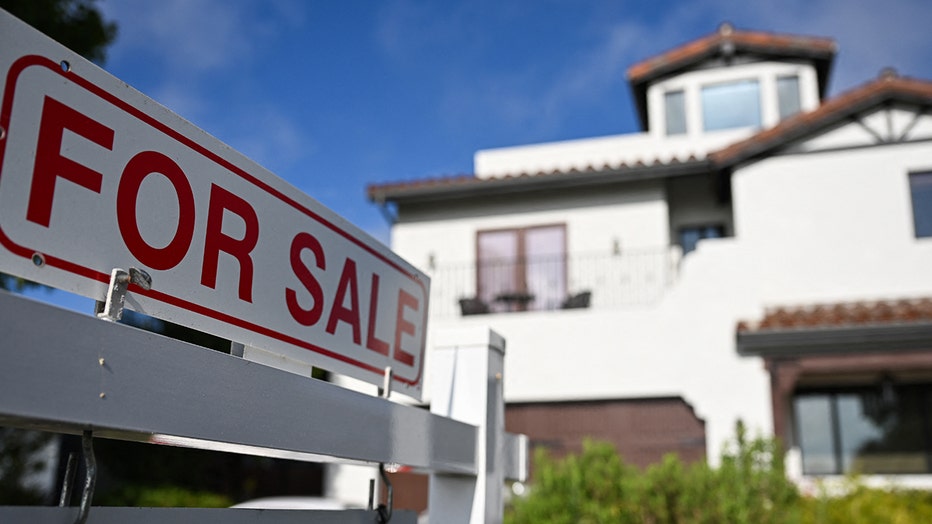The major US cities where it's better to rent and better to buy
When it comes to buying versus renting a home, buying has long been considered the American dream and the superior option.
But a new study aims to identify whether it’s actually cheaper to rent or buy in the most populous U.S. metros.
The study, conducted by Clever, retrieved data from the U.S. Census Bureau, the Federal Reserve, along with housing and business companies, to identify the best option based on a price-to-rent ratio.
The price-to-rent ratio was calculated by dividing the median home price by the median annual rent.
Top cities for buying a home, renting
Best cities for buying a home
Although affordable housing markets do still exist, the study found that they are few and far between, underscoring the affordability challenge many homebuyers face.
Clever, a real estate analytics company, found that it is cheaper to buy a home in only 18 of the 50 most populous metros, based on the price-to-rent ratio.
RELATED: A $1 million starter home? It’s becoming the norm in these cities
Cleveland was revealed as the best city for those looking to buy a home. Not only did Cleveland have the lowest price-to-rent ratio, it also has the lowest home prices among all 50 cities studied, with the median home costing $187,413.
Like Cleveland, cities in the Rust Belt made up almost half the list of affordable places to buy. The region was once a profitable manufacturing hub, but when the U.S. economy shifted to service-oriented industries and the factories closed, the population dwindled, contributing to a surplus of homes and, therefore, lower prices, according to Clever.

A for sale sign is displayed outside of a home for sale on August 16, 2024 in Los Angeles, California. (Credit: PATRICK T. FALLON/AFP via Getty Images)
Many of the remaining cities that were best for buying were found in the South, where there's plenty of land for development and less stringent building regulations that make it cheaper and easier to build new homes — contributing to lower housing costs.
Surprisingly, few home buyers would likely say that purchasing a home in New York is affordable, with the median home costing $579,177. But given that the average rent is $3,330 a month — the second-highest amount among all cities studied — the study found that residents are actually better off splurging on a mortgage than paying rent.
Top 10 cities for buying
- Cleveland, Ohio
- Pittsburgh, Pennsylvania
- Chicago, Illinois
- New Orleans, Louisiana
- Memphis, Tennessee
- Birmingham, Alabama
- Detroit, Michigan
- St. Louis, Missouri
- Cincinnati, Ohio
- Indianapolis, Indiana
Best cities for renting
Renting is typically cheaper than buying across most of the U.S., but it is much better to rent in nine of the 50 largest U.S. metros, according to the price-to-rent ratio.
According to the study, Americans are much better off renting in major cities in the West, where high construction costs, confined building space, and the emergence of high-paying industries has led to a significant increase in home values.
One of the most expensive cities was San Jose, which had the highest price-to-rent ratio. With a typical home costing more than $1.5 million, most residents don't have any choice but to rent.
Despite this, San Jose rent prices are still extremely high, and were the highest among all 50 cities studied.
Of the cities with a high price-to-rent ratio, Salt Lake City had the lowest rent prices. Renters could expect to pay $1,710 a month — about half of what they'd pay in San Jose.
Top 10 cities for renting
- San Jose, California
- San Francisco, California
- Los Angeles, California
- Seattle, Washington
- Salt Lake City, Utah
- San Diego, California
- Portland, Oregon
- Denver, Colorado
- Austin, Texas
- Sacramento, California
Housing prices continue to increase over time
Across the country, the average home price has increased 39% more than the average rent price over the past five years and 72% faster in the past year, according to the study.
Nationally, renters save $289 more than homeowners each month, Clever found.
The price-to-rent ratio peaked in 2021, when rent prices continued to rise while home values ground to a halt as mortgage rates went up. The current ratio has dipped, but that's still up from 2019.
According to new research, younger adults between the age of 22 and 35 spend an average of $25,620 per year as a renter.
But, in more than 200 U.S. cities, the typical starter home comes with a price tag of $1 million or more, according to a new analysis by Zillow.
RELATED: Here's how much long-term renters spend on average, and most affordable states for renters
And while buyers and sellers are both waiting for interest rates to fall, Realtor.com senior economist Ralph McLaughlin said affordability will still be an issue in the long run.
In the near term, lower borrowing rates will make housing more affordable over a three- to six-month period, McLaughlin said. But eventually, they will "manifest themselves into price growth and offset the decrease in mortgage payments."
This means When borrowing rates come down, buyers have more money that they can borrow. In other words, they have more purchasing power.
"They can actually pay more for a home than they otherwise would," McLaughlin said, adding that "when they go to bid on a house… they can bid up to price more than when mortgage rates were higher."
Bottom line: As the price-to-rent ratio increases, Americans are still, overall, better off renting instead of buying a home — putting the American dream of homeownership further out of reach.

